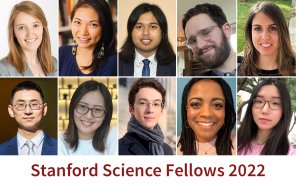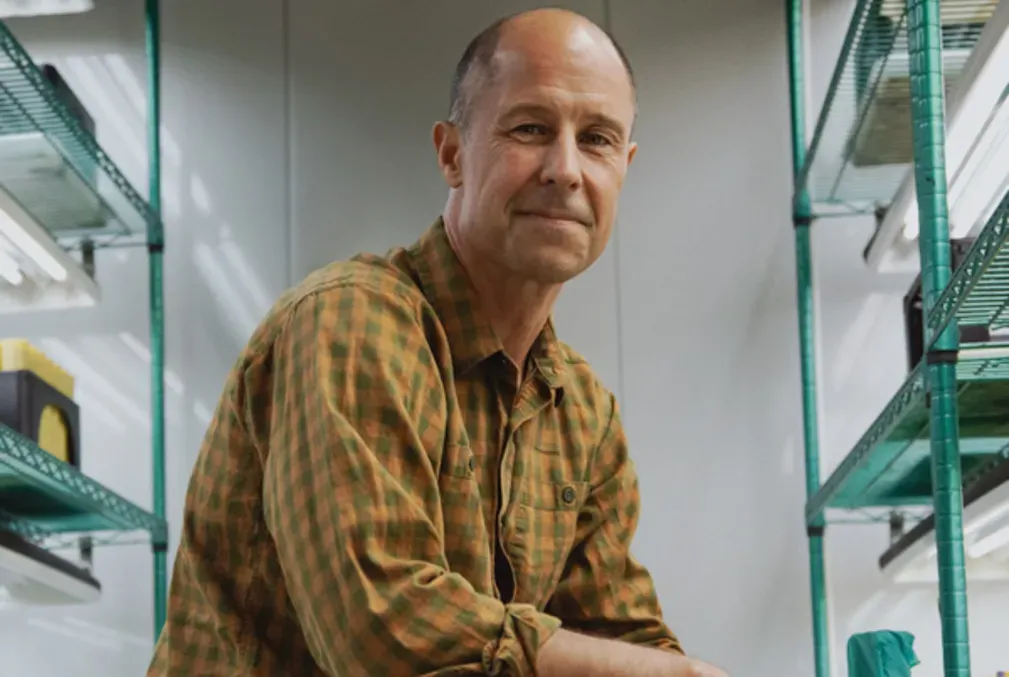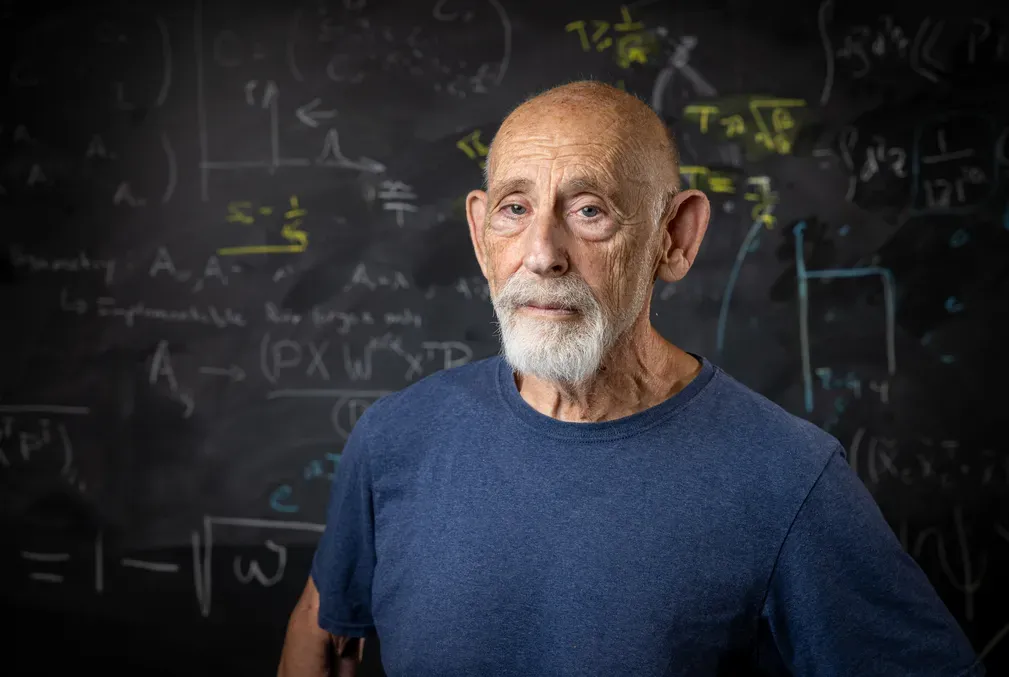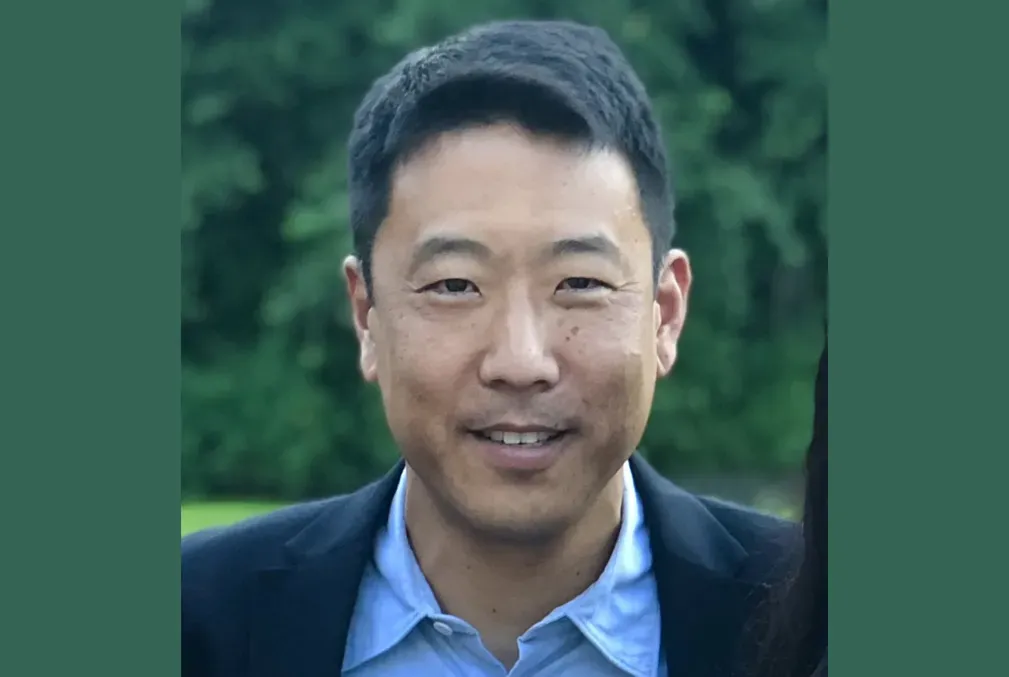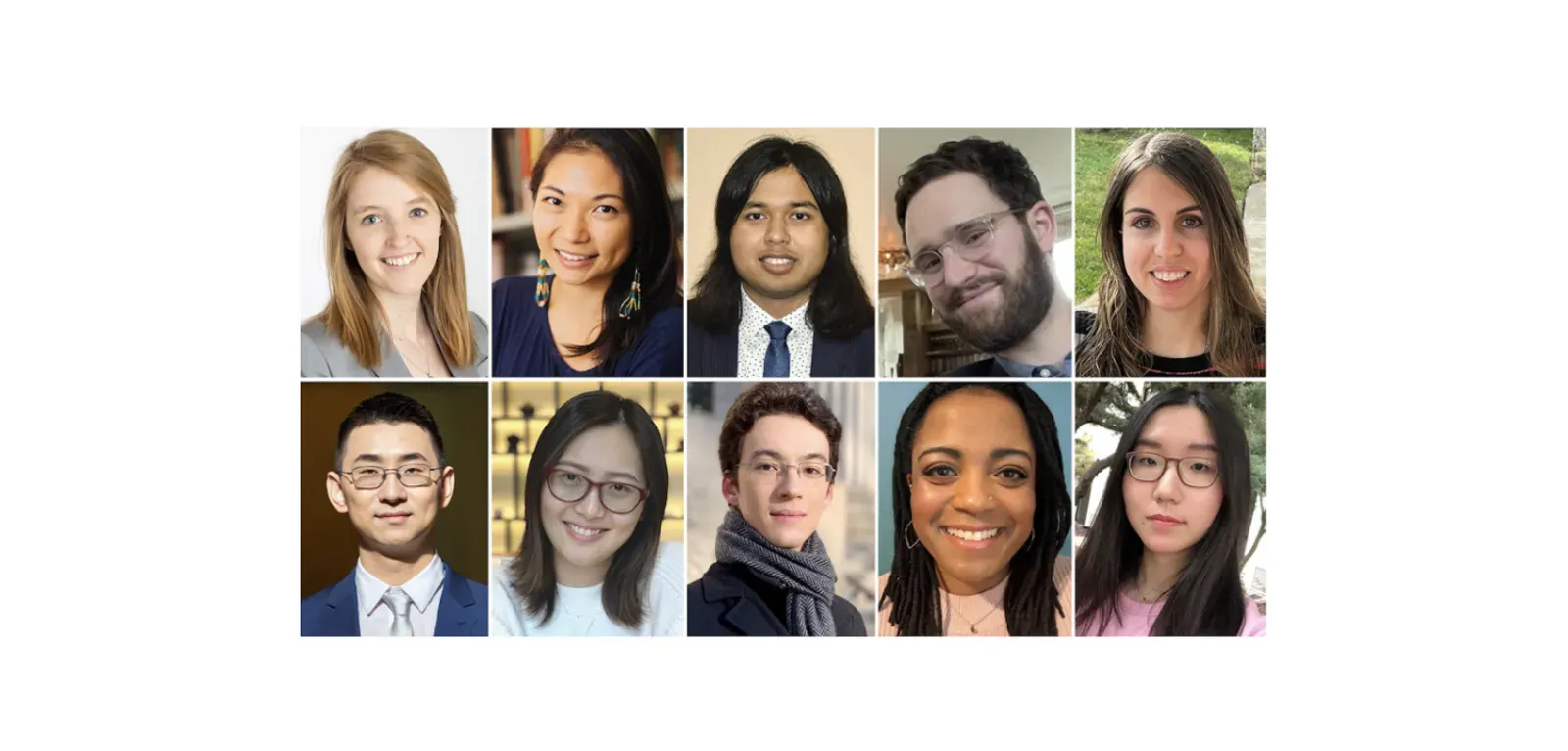
2022 cohort of Stanford Science Fellows named
Stanford’s School of Humanities and Sciences has awarded ten scholars from top research programs the distinguished Stanford Science Fellowship for 2022
Ten exceptional scholars with diverse perspectives and backgrounds who are conducting award-winning research in the fields of the life sciences, mathematics, and physical sciences will become the third cohort of Stanford Science Fellows (SSF).
Launched as part of Stanford’s Long-Range Vision in 2020, the highly competitive program for postdoctoral researchers aims to support scholars while advancing our understanding of foundational science and fostering effective interdisciplinary approaches to fundamental questions through research. Providing top postdoctoral scholars access to critical resources is a key part of ensuring their success.
The 10 researchers in the 2022 cohort are hosted by Stanford’s Departments of Biology, Chemical Engineering, Chemistry, Earth System Science, Mathematics, Materials Science and Engineering, Molecular and Cellular Physiology, and Physics, as well as the Stanford Institute for Materials and Energy Sciences.
Here, the 2022 cohort of SSF scholars share what attracted them to the program, what aspects of the program they are most excited about, and what they aim to achieve and discover during their time in the SSF program.
"I was initially drawn to the SSF program by the emphasis on exploration, interdisciplinarity, and collaboration," said Kimberly Carter-Fenk, who came to Stanford in 2021 as a postdoctoral scholar after earning a doctorate from The Ohio State University. Carter-Fenk works with SSF faculty host Michael Fayer, the David Mulvane Ehrsam and Edward Curtis Franklin Professor of Chemistry in Stanford’s School of Humanities and Sciences (H&S), to research deep eutectic solvents (mixtures with low melting points) that have applications for fuel cells. "I am particularly excited to learn how to apply environmental justice and sustainability frameworks in the design and implementation of a fundamental chemical science research program," said Carter-Fenk.
Mithi "Mia" Alexa de los Reyes studies how low-mass “dwarf galaxies” form and evolve. These galaxies are useful astrophysical laboratories for testing theories about stellar and galactic evolution. After earning her doctorate in astrophysics at the California Institute of Technology, she will work with Risa Wechsler, Stanford professor of physics and of particle physics and astrophysics and director of the Kavli Institute for Particle Astrophysics and Cosmology. "I was especially drawn to the SSF program’s focus on interdisciplinary science," said de los Reyes. "I look forward to connecting with other Stanford Science Fellows, because I firmly believe that interdisciplinary collaboration is crucial for solving today’s global problems."
"The SSF program felt like a very natural route for personal growth as a scientist," said Diptarka Hait. Hait will work with SSF faculty host Todd Martinez, the David Mulvane Ehrsam and Edward Curtis Franklin professor of chemistry in H&S and professor of photon science at SLAC National Accelerator Laboratory, after earning a doctorate in physical chemistry from the University of California, Berkeley. Hait enjoys sharing his love of science as a teacher and mentor to younger scientists and aims to advance understanding of photocatalysts and chemistry in general using tools from the disciplines of physics and mathematics. "The SSF program provides me with an excellent opportunity to step outside of my immediate bubble and interact with brilliant people in other fields," Hait said.
Alexander Jaffe studies microbial ecology and evolution, with a special interest in the metabolism of deep-sea microbes. Jaffe earned his doctorate in microbiology at the University of California, Berkeley. As a fellow working with Anne Dekas, assistant professor of earth system science, Jaffe will investigate how organisms in the deepest parts of the ocean contribute to the global carbon cycle, with implications for efforts to mitigate climate change. "The SSF program fills a critical gap in the funding landscape by supporting individual-driven, cross-laboratory research for postdocs in the natural sciences. I'm thrilled to draw on this support to study microbial contributions to carbon cycling in the deep sea."
Noa Katz earned a doctorate at the Technion Israel Institute of Technology in 2021 and received the Weizmann Institute of Science-Israel National Postdoctoral Award for Advancing Women in Science. Katzworks with Xiaojing Gao, assistant professor of chemical engineering in the School of Engineering, and uses synthetic gene circuits to understand and manipulate the mechanics of neuro-regeneration in the human body, with therapeutic applications. "I am honored and excited to be part of the SSF community," Katz said. "The multidisciplinary nature of the program [is] a welcome necessity in modern science. Each fellow brings several domains of expertise to the table, and the result is a creative group of people that can change the world."
Using interdisciplinary approaches to understand the natural world is a key aim of the SSF program, and it is what attracted Cheng Lyu to the program. Lyu studied physics and computational biology at Peking University and earned a doctorate in neuroscience at the Rockefeller University. At Stanford, Lyu will study how neural circuits are assembled as the brain develops and will work with Liqun Luo, the Ann and Bill Swindells Professor in H&S. "Let curiosity be the driving force and be limited by as little as possible," said Lyu. "As a Stanford Science Fellow, I would like to broaden my understanding of what a good scientist is and try out my wildest ideas without thinking about the possibility of failure."
Rong Ma’s research blends chemistry and biophysics to investigate T cells, the white blood cells that defend against infections and cancer. Ma earned a doctorate in chemistry at Emory University and works with Chris Garcia, the Younger Family Professor and professor of structural biology in the School of Medicine, to pursue breakthroughs in immunotherapy and cancer immunology. "The Stanford Science Fellows program aims to foster a diverse community and nurture collaborative and interdisciplinary research for independent early career scientists, which is perfectly aligned with what I aspire for my postdoctoral training," said Ma. "It is an amazing opportunity to work with brilliant minds and it provides so many resources that cover everything from science communication to mentoring."
"The SSF program is a one-of-a-kind opportunity for postdoctoral scholars," said Jonathan Tidor. After earning a doctorate in mathematics at MIT, Tidor will work with Jacob Fox, professor of mathematics, to research discrete geometry and additive combinatorics. At MIT, Tidor and colleagues solved a 70-year-old problem in geometry by determining the maximum number of equiangular lines for a given angle. He also mentored in programs designed to increase the number of underrepresented minorities in mathematics. "The [SSF] program brings together early-career scientists across diverse fields and allows them the freedom to pursue their own research directions," said Tidor.
Victoria "Vicky" Watson-Zink works with Lauren O’Connell, assistant professor of biology in H&S. Watson-Zink studies how marine animals made the transition to terrestrial modes of life beginning more than 300 million years ago, and her doctoral research at the University of California, Davis, assessed the genetic changes that have allowed crabs to adapt to living on land. As part of that work, Watson-Zink is assembling the genome of the coconut crab, the planet’s largest terrestrial arthropod. "I was inspired by the interdisciplinary nature of the research I could conduct at Stanford and how, as a Stanford Science Fellow, I could work on exciting new directions across departments. I'm so excited to undertake new and potentially high-risk, high reward research endeavors with some of the brightest colleagues in the world."
"I have broad research interests that cannot easily fit into one narrow box," said Ziyan "Zoe" Zhu, who is investigating connections between condensed matter physics and climate systems to reveal the physical processes that drive climate change. Zhu, who received a doctorate in physics from Harvard, works with Tom Devereaux, professor of photon science at SLAC National Accelerator Laboratory and of materials science and engineering in the School of Engineering. "Being a Stanford Science Fellow means I have the freedom to pursue my research interests and develop diverse skill sets while receiving guidance from my faculty host, which is a unique aspect that distinguishes it from other programs," said Zhu. "I hope my experience will equip me with the skills necessary to become a leader who will contribute to a more collaborative, interdisciplinary, and inclusive scientific community."
